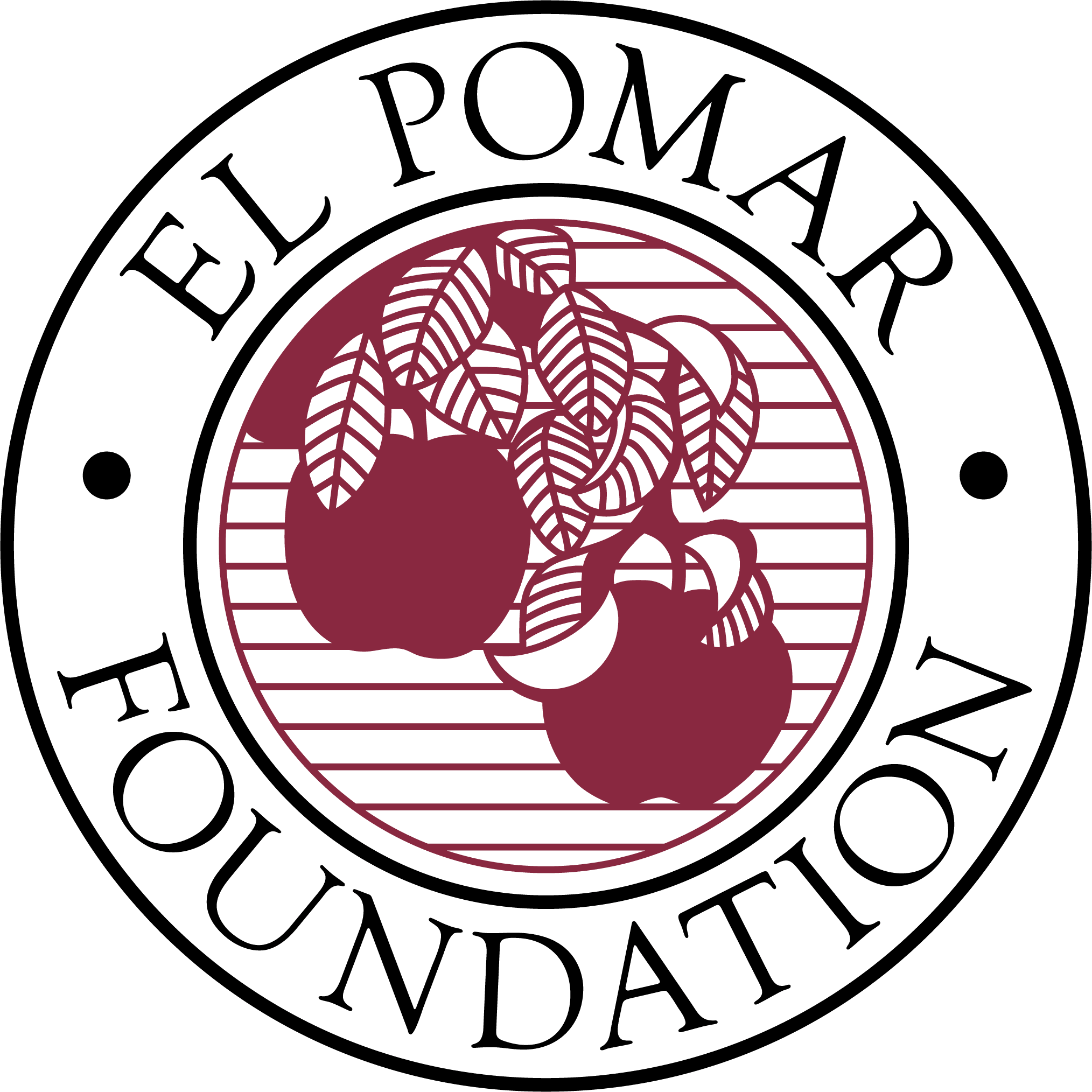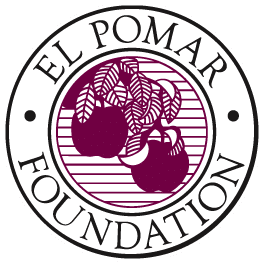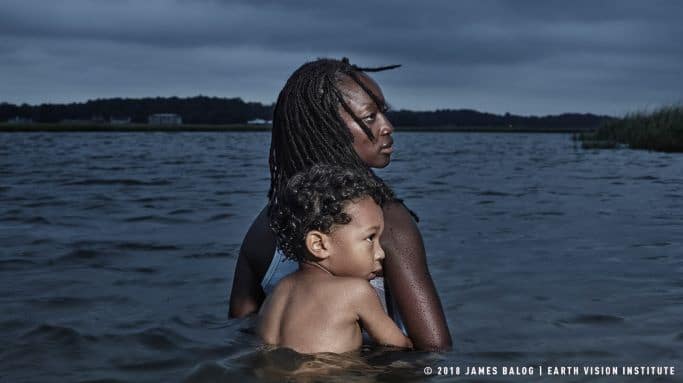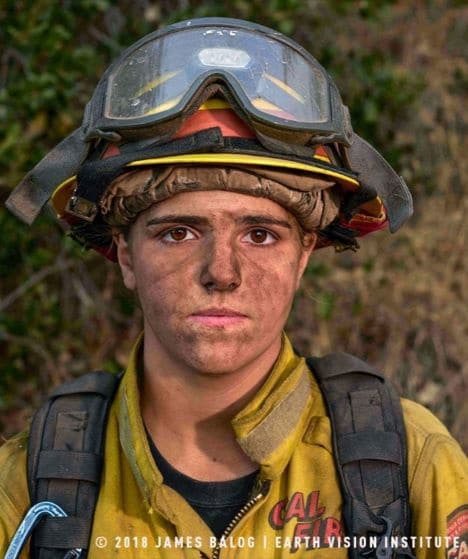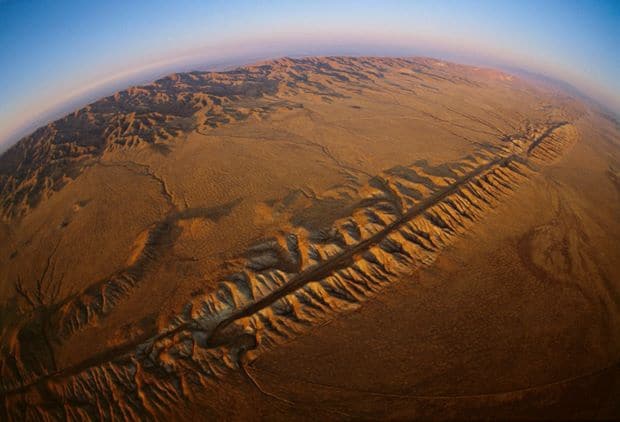On November 1, Colorado College, Colorado Springs Downtown Partnerships, The Nature Conservancy of Colorado and El Pomar Foundation’s Pikes Peak Heritage Series brought world-renowned photographer James Balog to Colorado Springs to speak about his most recent work, The Human Element. He is an artist, photographer and explorer who has documented the complex relationship between humans and nature for the past four decades. He also founded Earth Vision Institute, a non-profit organization “dedicated to educating and inspiring the public and fostering the prosperity and health of human society through innovative visual exploration of our changing environment.” In his presentation, Balog walked the audience through his work portraying the human forces that have altered our natural environment such as agriculture, mining, pollution, wildfires and rising sea levels.
Throughout his career, Balog has travelled around the world to some of the most remote locations, often in extreme conditions to document melting glaciers, endangered animals, natural disasters and, of course, humans. He has found himself on the ice sheets of Greenland, at the base of Mt. Kilimanjaro in Tanzania and even in New Orleans after Hurricane Katrina.
However, he didn’t initially set out to document climate change; instead, he began as a self-described “environmental romantic.” He reveled in the beauty and grandeur of the natural world, and his early work captured picturesque mountains, forests, animals and waterfalls. But over time, he discovered there was a deeper story that he wanted to engage with and share with the world.
Balog shared that his work focuses on the Anthropocene, our current geological period. This period is characterized by human activity and denotes humans as the dominant influence on the environment. His work centers around the entangled and interdependent relationship between humans and the world around us.
Throughout the presentation, Balog presented photographs from his various collections. He shared portraits of endangered animals and trees from his collection Survivors. He also displayed images that captured the devastating wildfires that have engulfed the western United States and the stories of the firefighters on the front lines. One of his most famous projects utilized timelapse cameras to document glacial retreat since 2005 and he displayed two images showing the recession of a major glacier in Greenland. In his most recent collection, he identified that in addition to the four basic elements – earth, air, fire and water – there was The Human Element that acted as a fifth force of nature. This collection included powerful portraits of children affected by natural disasters that had devastated their communities. Each photograph demonstrated the complex interaction between humans and nature.
During questions and answers, a member of the audience asked what was likely on the minds of many: “How do we remain hopeful?” James answered that humans are the only species that can control the planet’s future and create solutions to the environmental issues that are arising. Both individually and collectively, human beings have the intelligence and opportunity to take action to protect our planet for generations to come.
